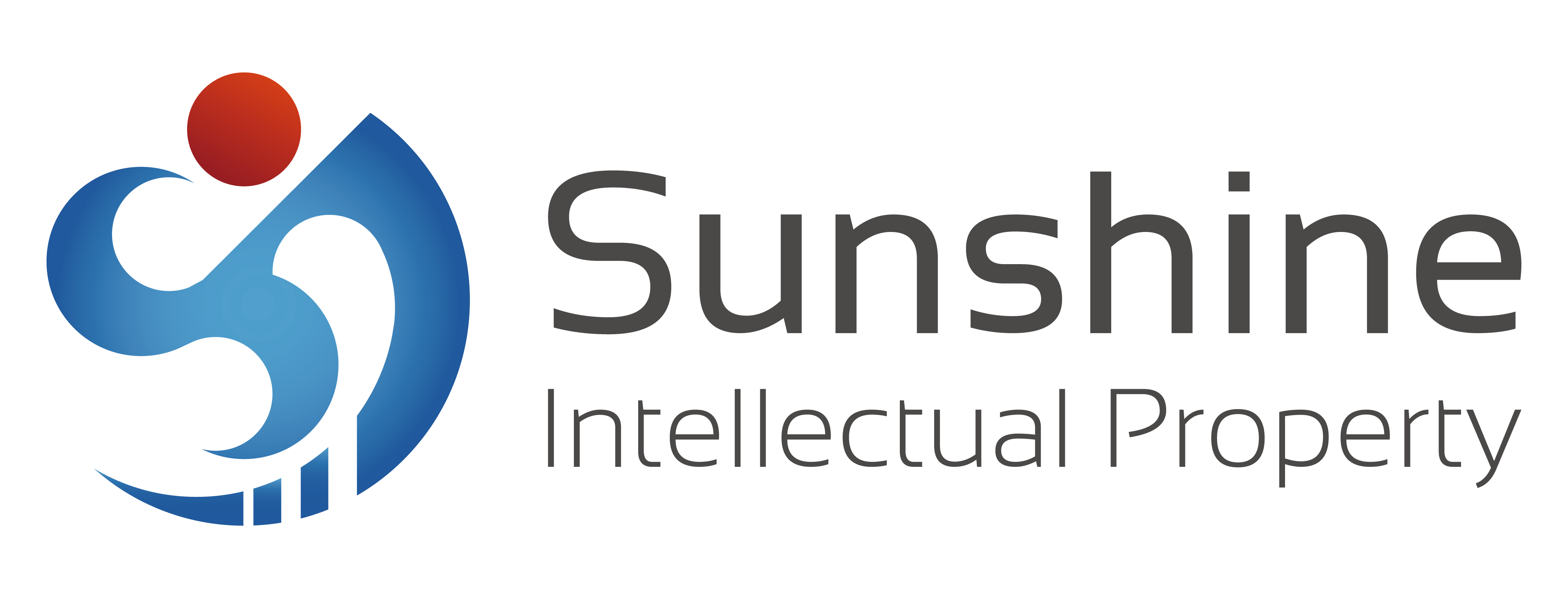Shanghai DNO Medical Technology Co., Ltd. is a company integrating market planning, clinical research, overall marketing and in-house production, which is involved in orthopaedic rehabilitation, pain rehabilitation, stroke rehabilitation, spinal cord injury rehabilitation, cerebral palsy rehabilitation and other business areas. The Company is committed to providing comprehensive, innovative and holistic solutions for rehabilitation organizations, as well as good-quality and affordable product and service solutions for rehabilitating individuals. The DNO Neuromuscular Stimulator has innovative core technology, which is applicable to inpatient care and home-based prevention, and is an important product for the prevention of thrombosis in all postoperative and long-term bedridden patients.
Background of the Case:
The patent in question is numbered as 200580046661.7, and titled “device to improve blood circulation in the lower limbs of patients”, of which the patentee is a British biotechnological company Sky Medical Technology (Sky Medical).
In September 2022, Sky Medical initiated a civil lawsuit against Zhejiang DNO Medical Technology Co., Ltd. and its affiliates for patent infringement based on the aforesaid patent with a target amount of RMB6.4 million, and in October of the same year, IP Sunshine was appointed by Zhejiang DNO to respond to the civil lawsuit and file a patent invalidation request.
Lawyer Meihua ZHOU, as the organizing lawyer in the litigation and invalidation proceedings, planned and led the coordinated strategy for the litigation and invalidation. In the invalidation proceedings, under the circumstance that multiple patent family members of the patent in question were granted, Lawyer Zhou Meihua's team searched a number of valid patent and non-patent literature, and successfully claimed that all the claims of the patent in question were not inventive and thus invalid, which led to the plaintiff's withdrawal of the lawsuit on its own initiative, promoted the smooth resolution of the relevant litigation procedures, and cleared the technical obstacles for the industrial development of the treatment of deep vein thrombosis in China.
Difficulties and Solutions
There are two difficulties in this case:
Firstly, how to interpret the technical feature "equal proportional shrinkage" in the claim in order to strike a balance between litigation and invalidation proceedings.
Secondly, the claim of the patent in question defines that "the said nerve is the lateral popliteal nerve in the region of the popliteal fossa". Although the primary use position in the specification of the alleged infringing product is not in the region of the popliteal fossa, its alternate position is alleged to stimulate "the region of the popliteal fossa", therefore, the opposing party's infringement claim is very threatening.
In response to the above-mentioned difficulties in this case:
Firstly, Lawyer Meihua ZHOU's team analyzed the relevant records of "equal proportional shrinkage" in the patent in question, seized the description of the technical principle of "equal proportional shrinkage" in the internal evidence, fully searched the patent literature and publicly available medical literature from this principle, and successfully obtained several pieces of evidence of undermining the inventiveness of the claims in this case, and thus occupied an absolute advantage in the invalidation proceedings.
Secondly, as to the allegation of infringement that may be faced in alternate location, Lawyer Meihua ZHOU's team also made comprehensive preparations from human experiments, theoretical analysis and product effects, etc., and successfully claimed in the trial that the location of use and technical effect of the accused infringing product are not the same as the scope of protection of the patent in question.
Highlights and Significance
In this case, under the circumstance that the technical features defined by the claims were unclear in the invalidation proceedings, we combined the internal and external evidence to successfully clarify the unclear boundary of the scope of protection of the claims; at the same time, under the circumstance that the technical contents revealed by the patent evidence itself were not direct and clear enough, we used a number of books to assist the panel in reaching the high level of technical personnel in the field, so that it recognized the actually disclosed content of the patent evidence. This case highlights the role that non-patent literature such as books can play in placing a person skilled in the art in a position of trust.

